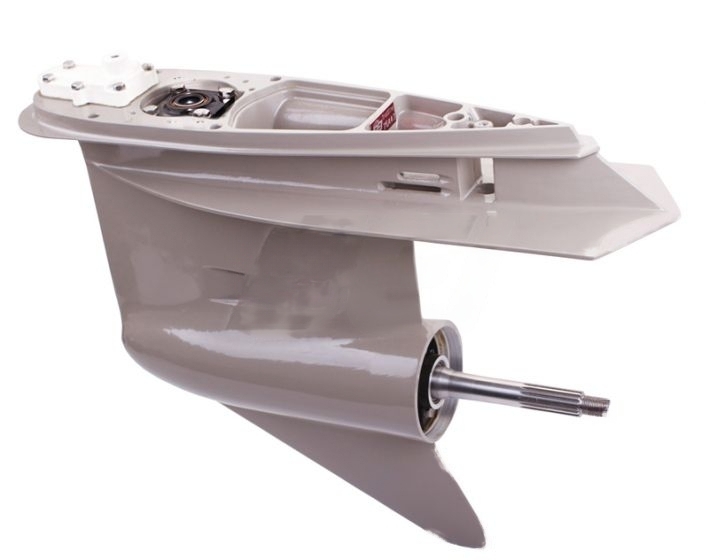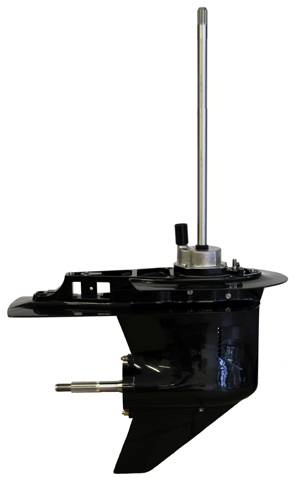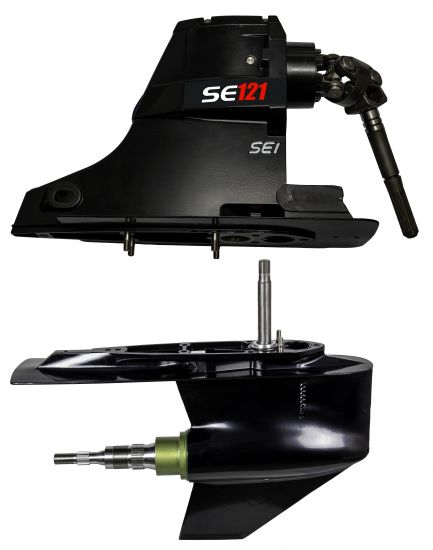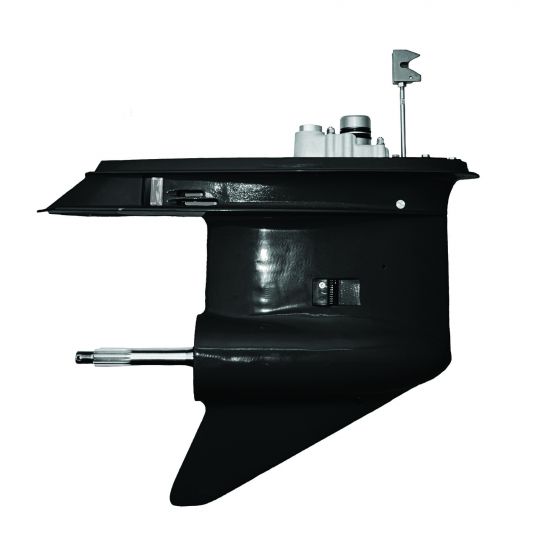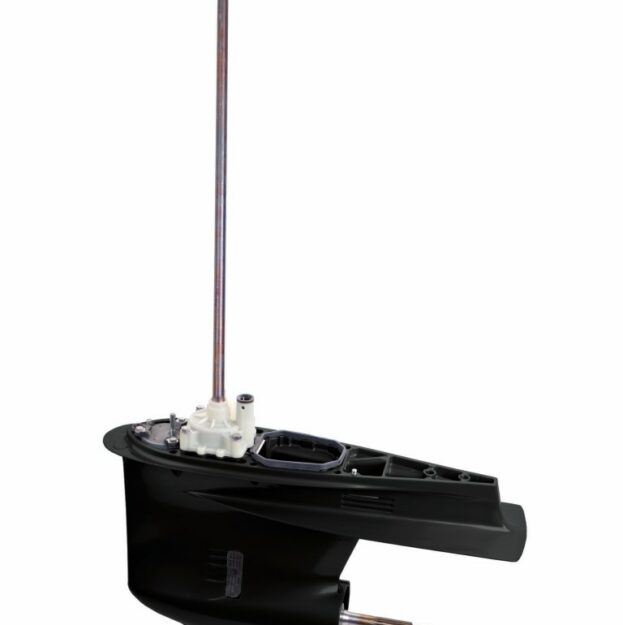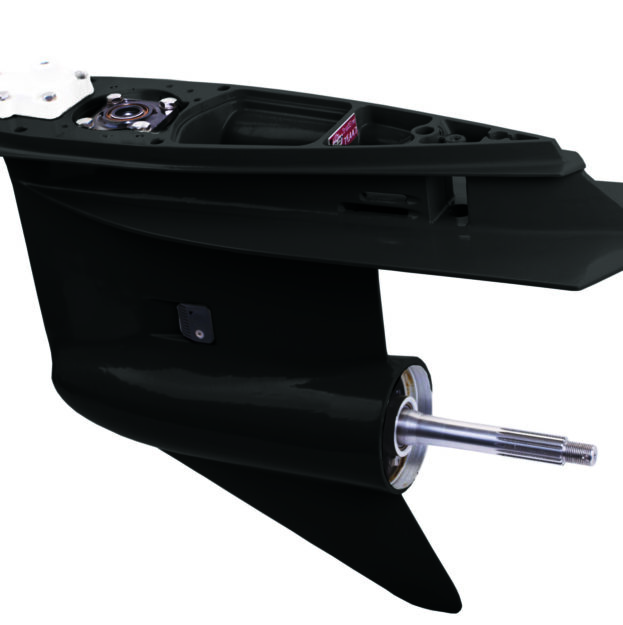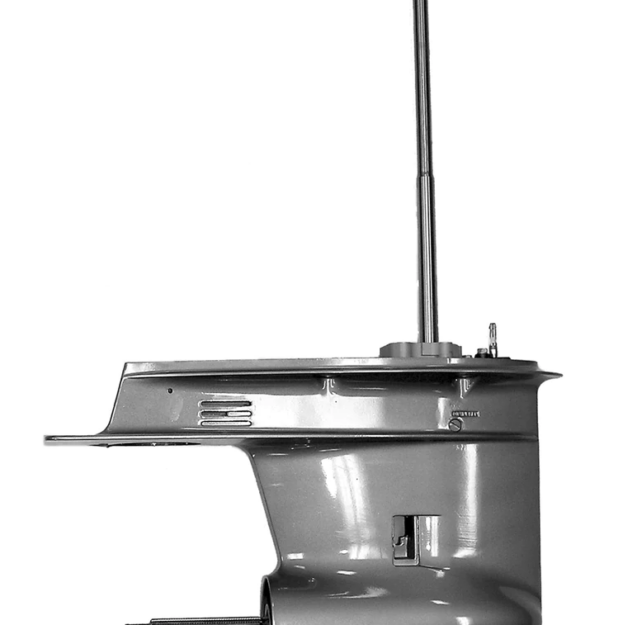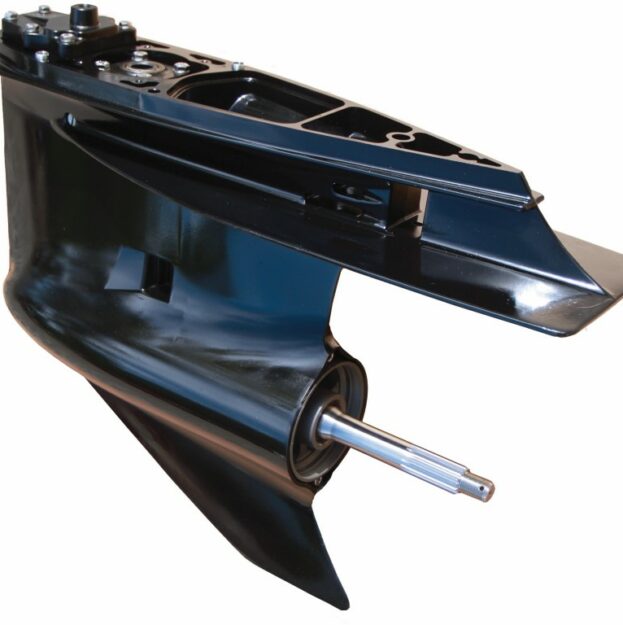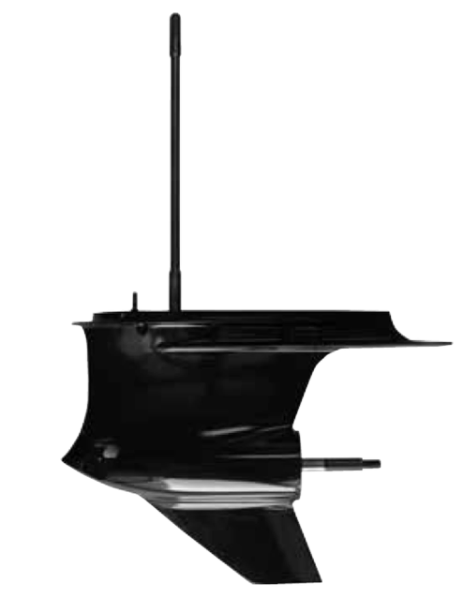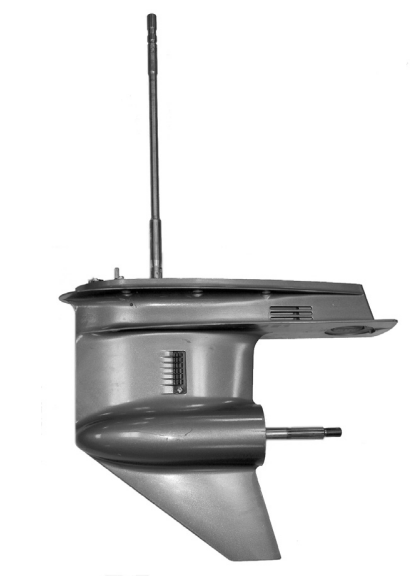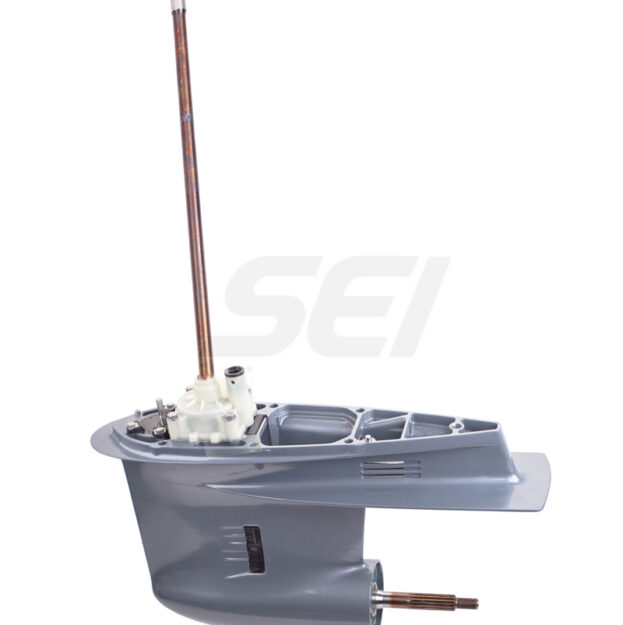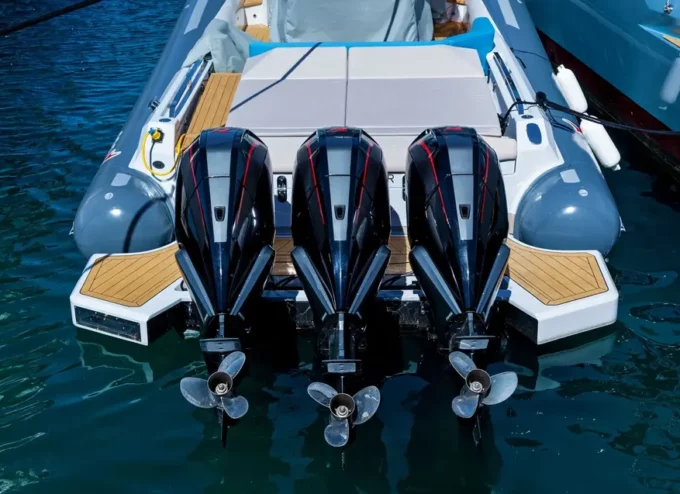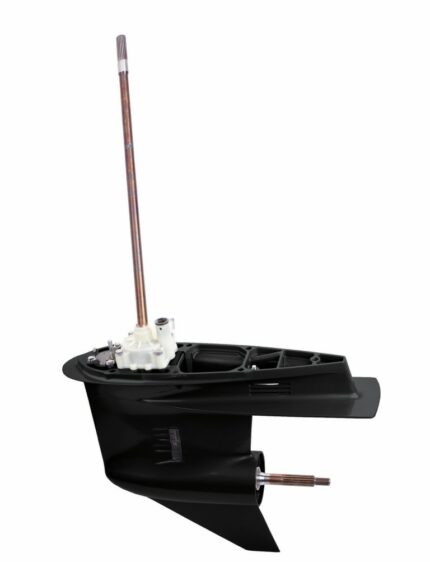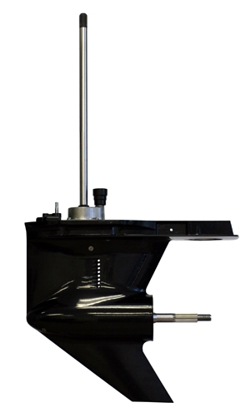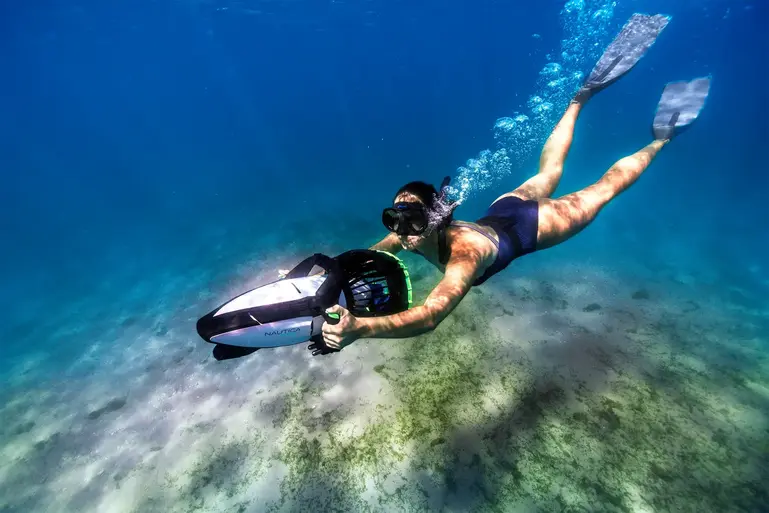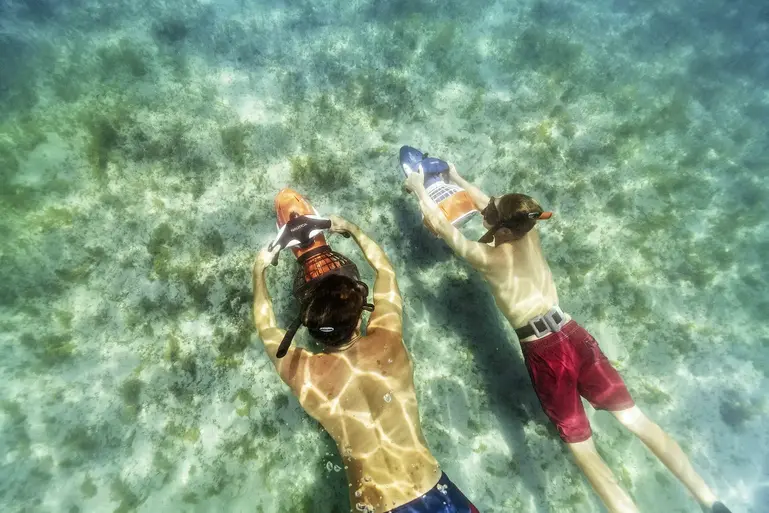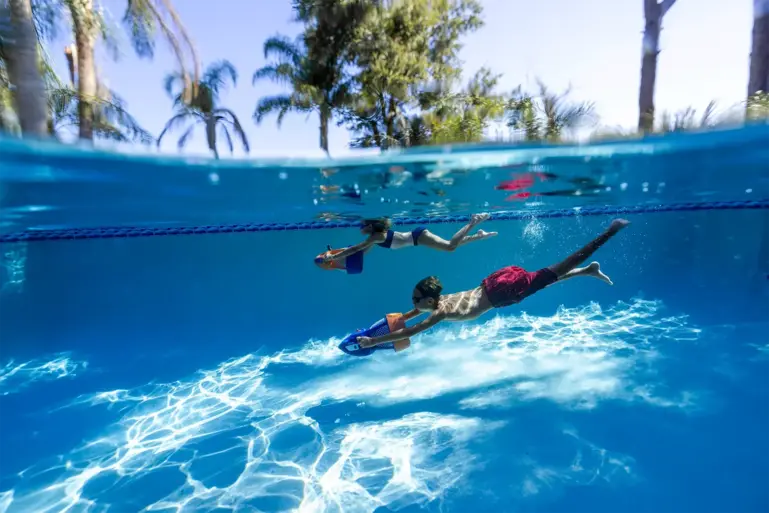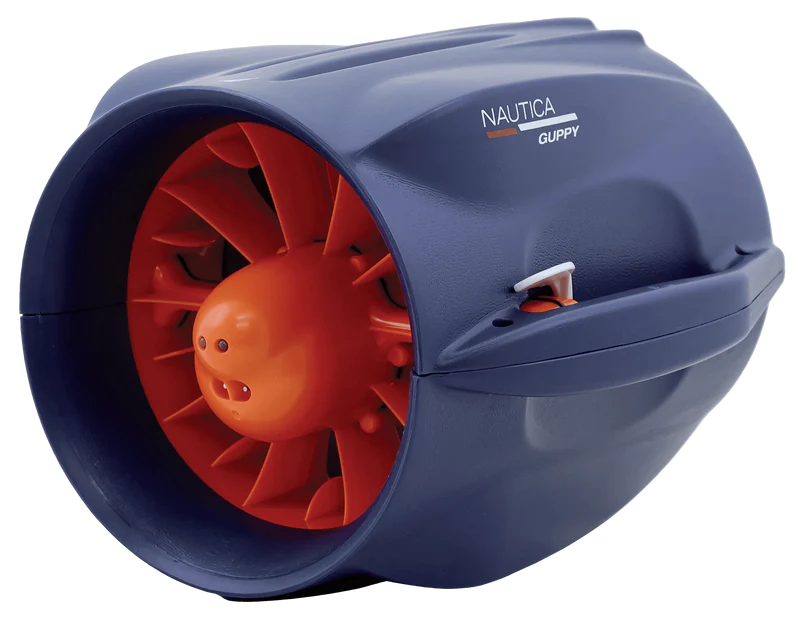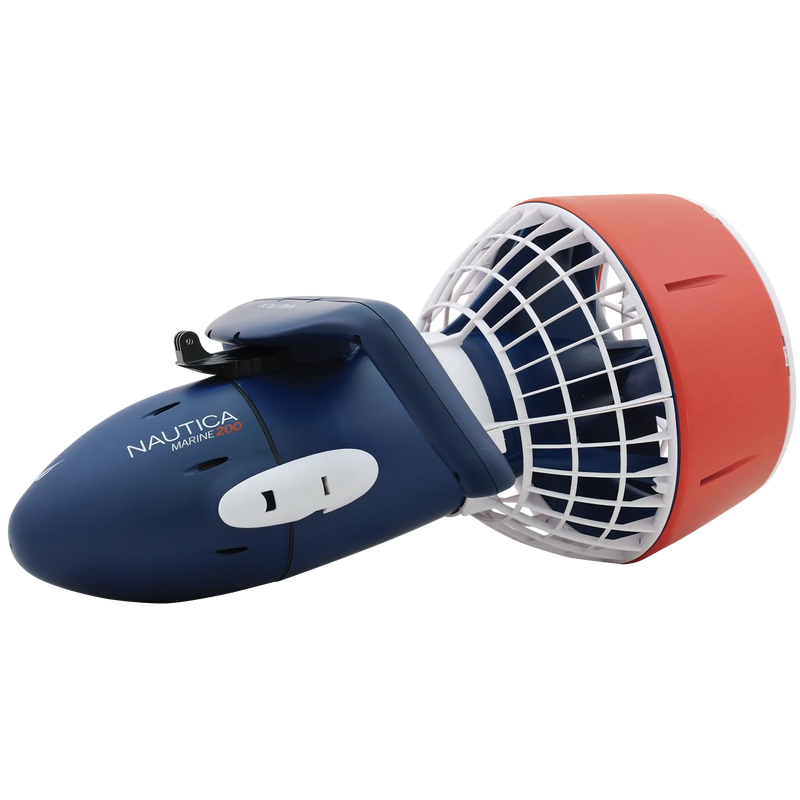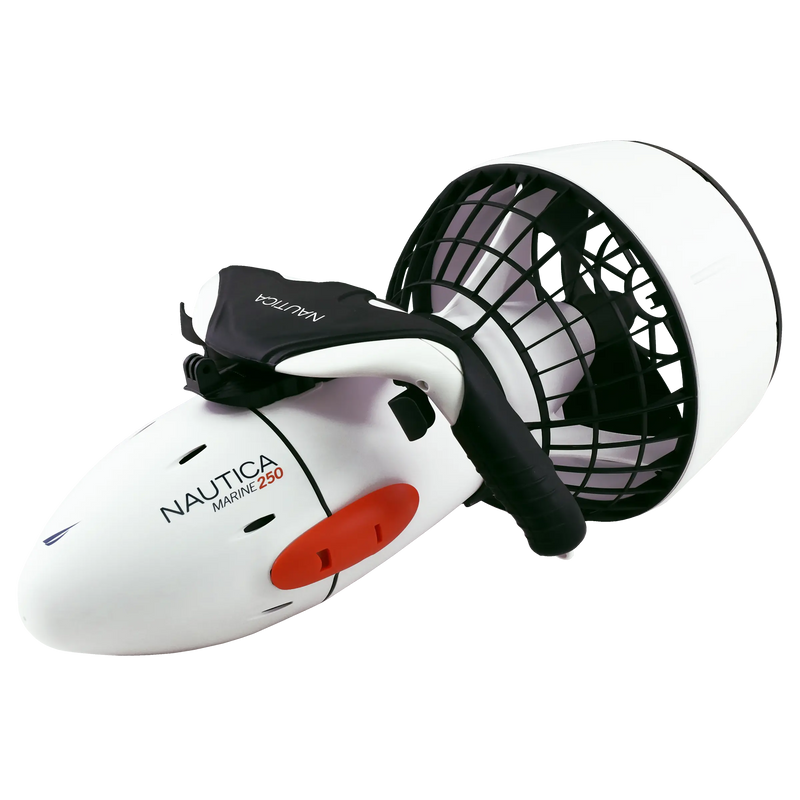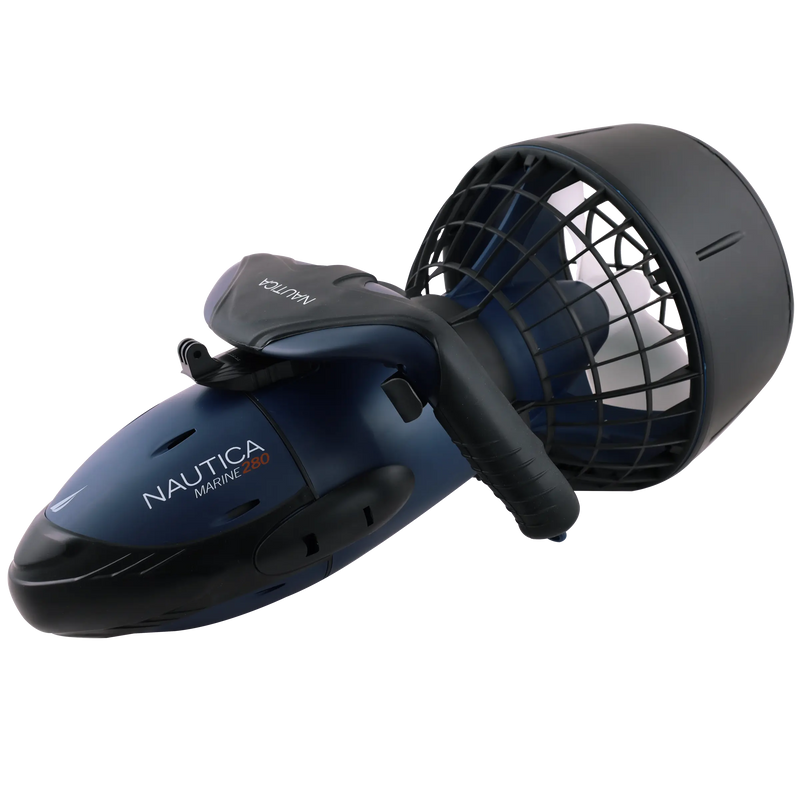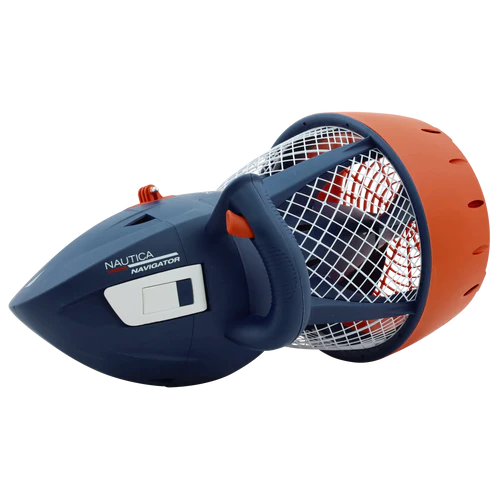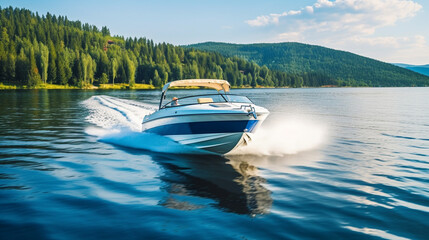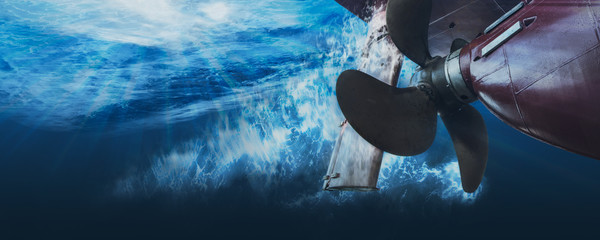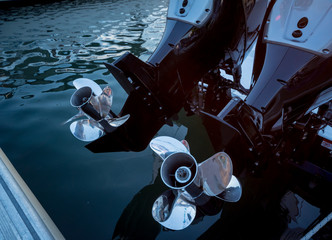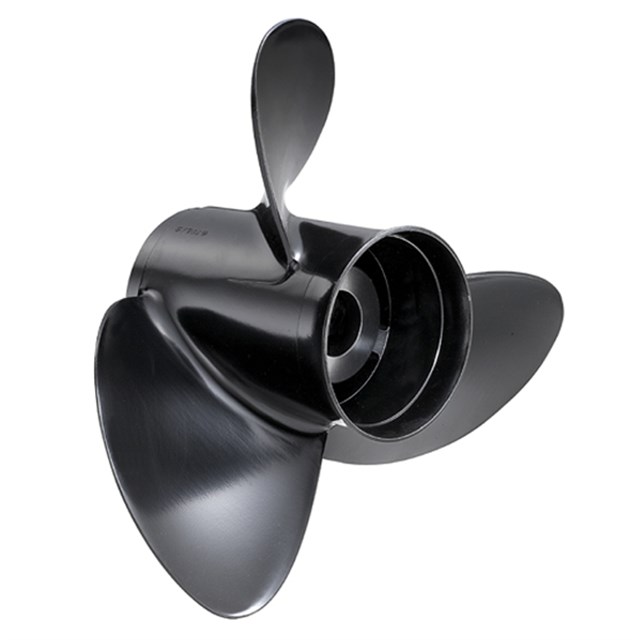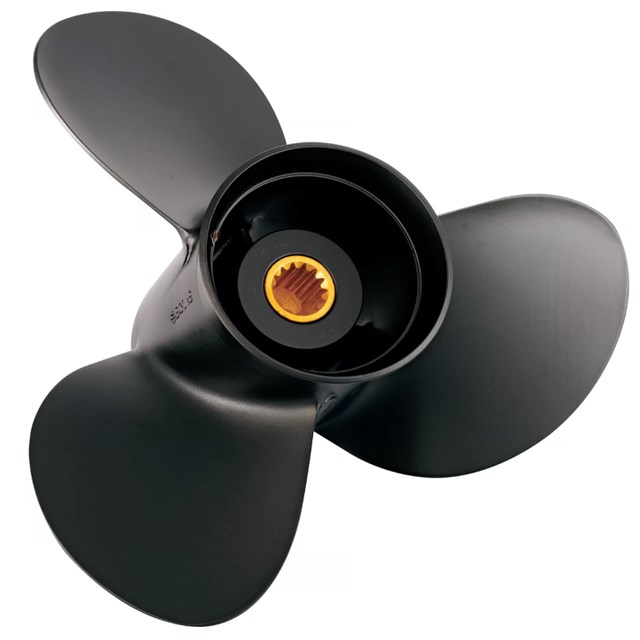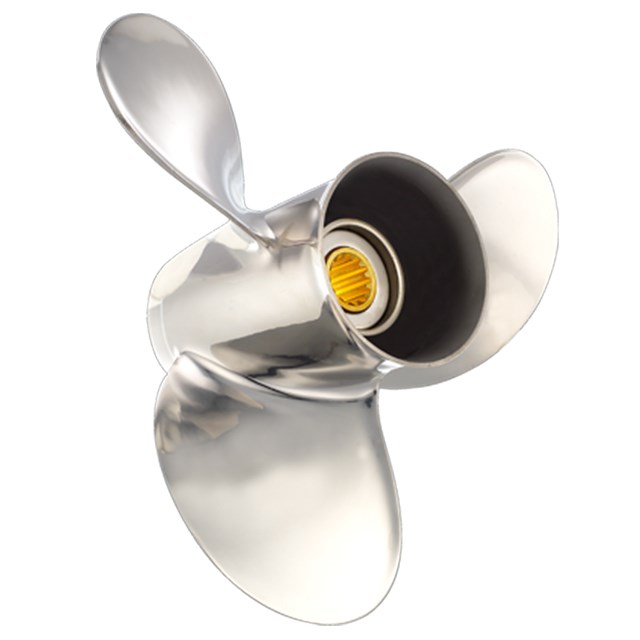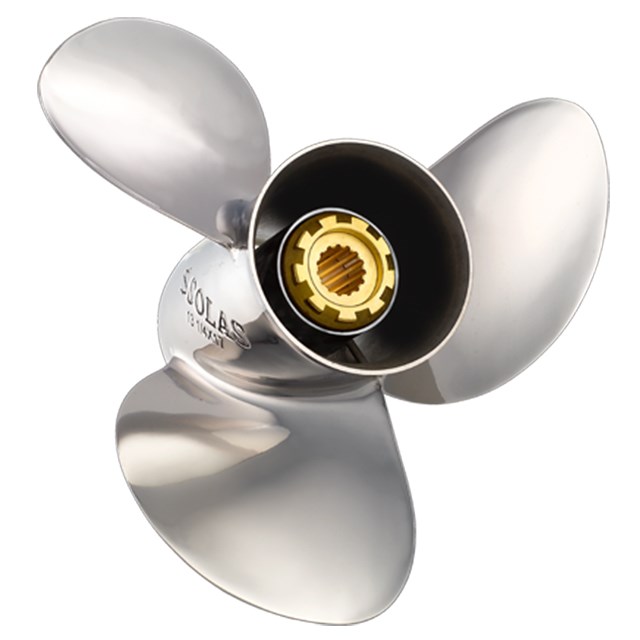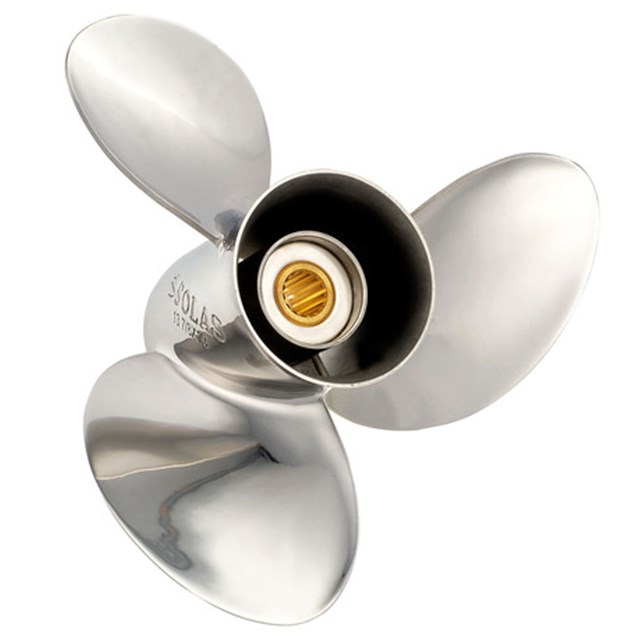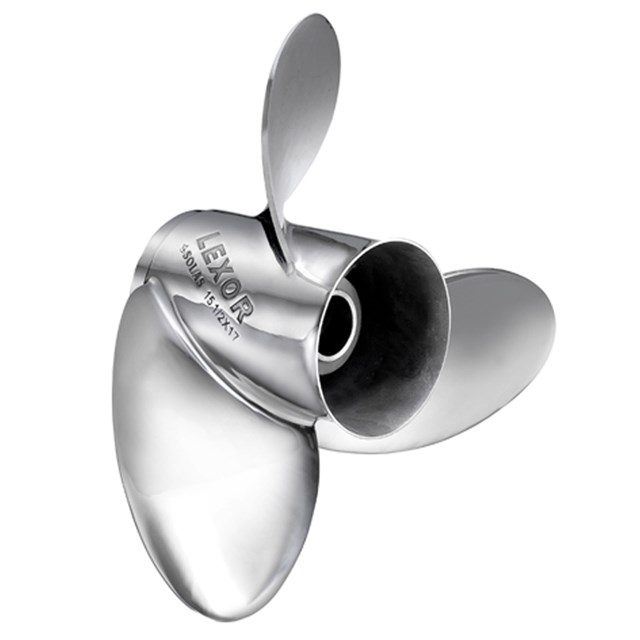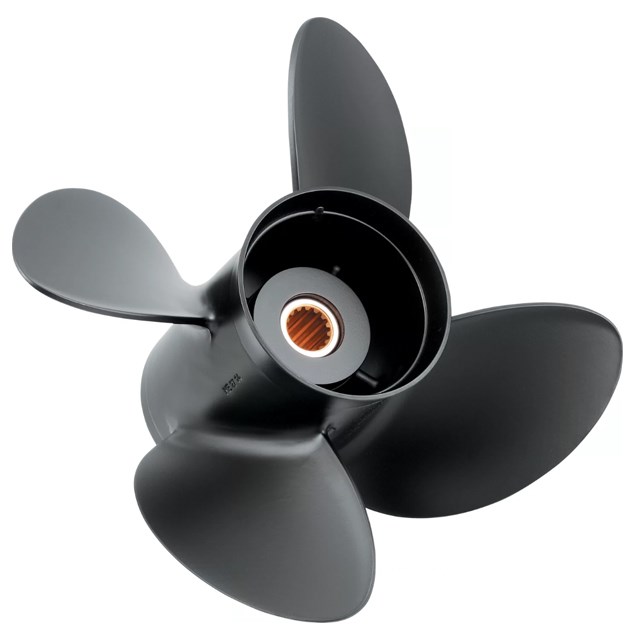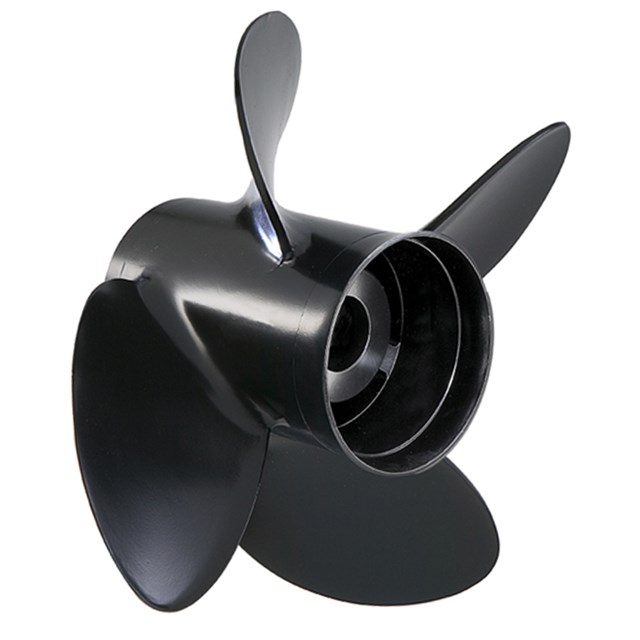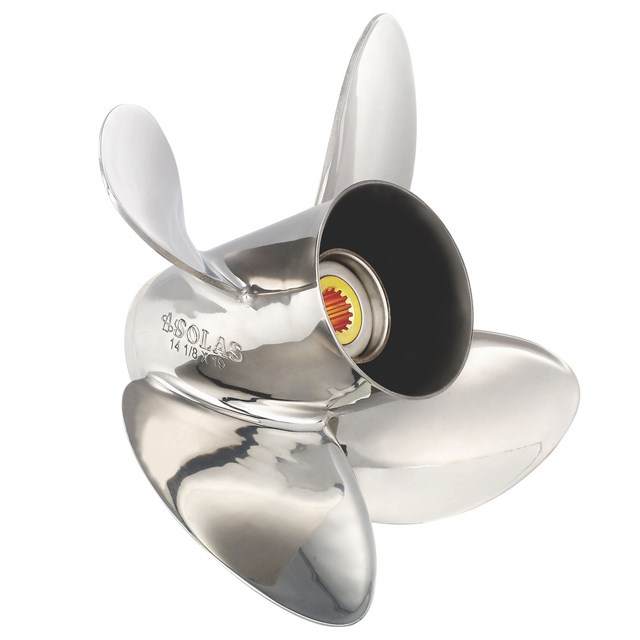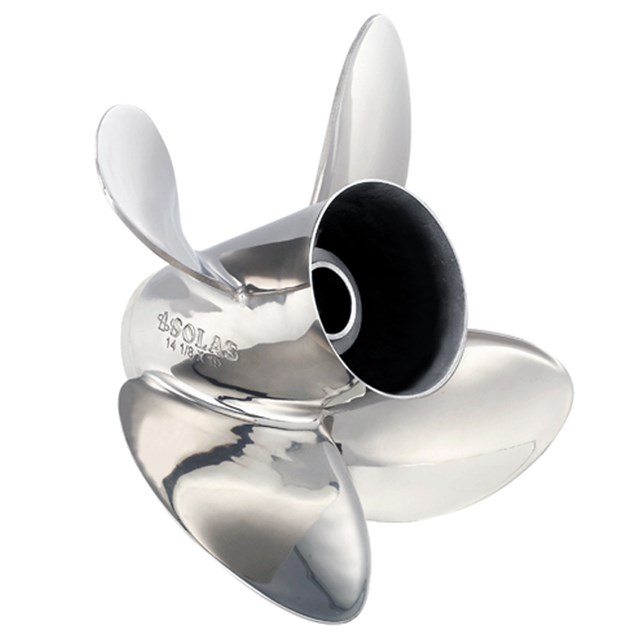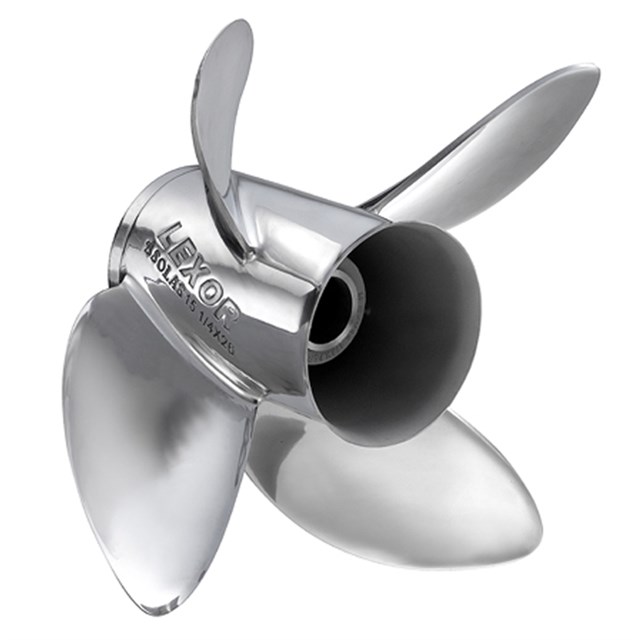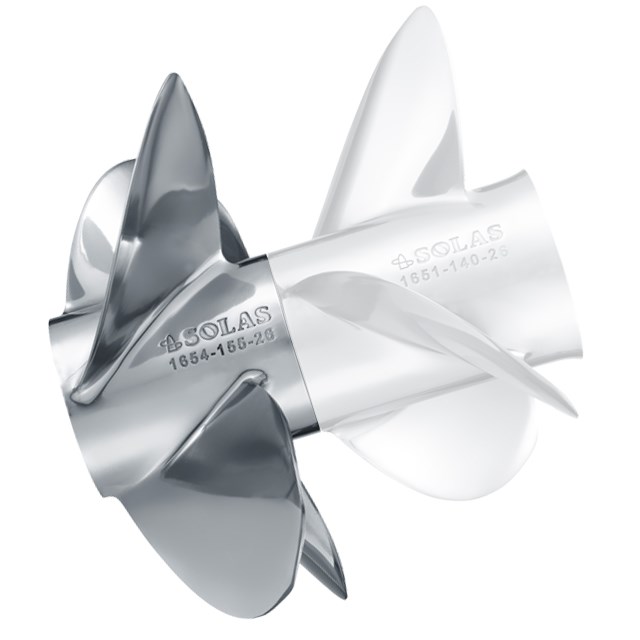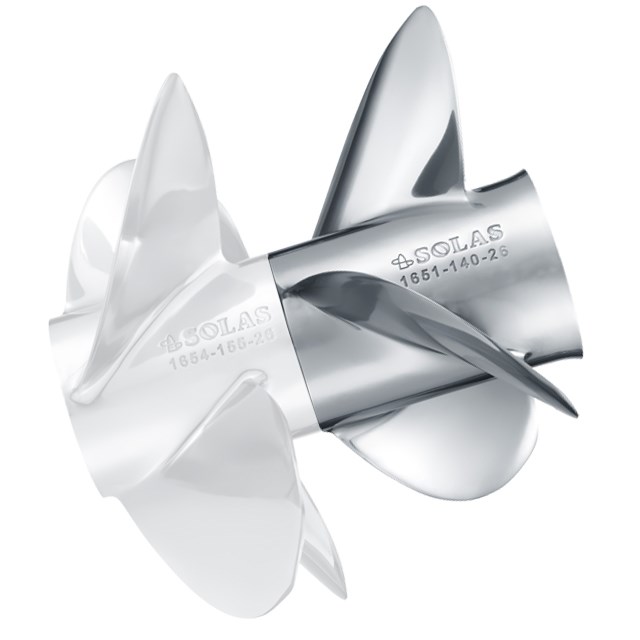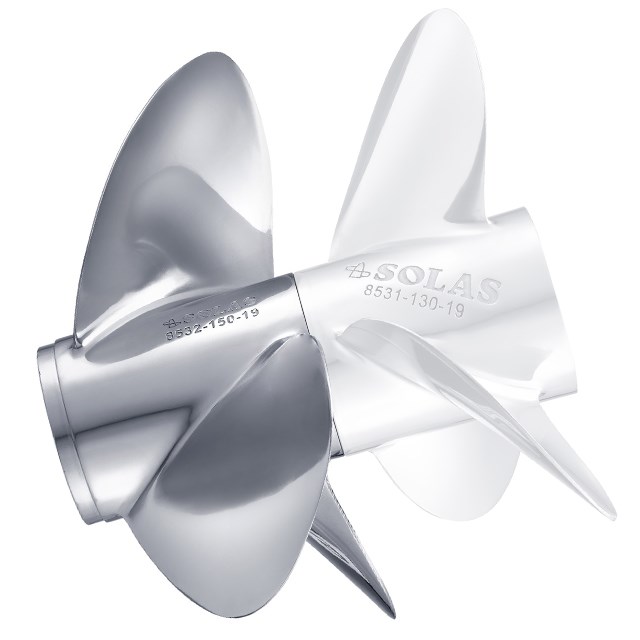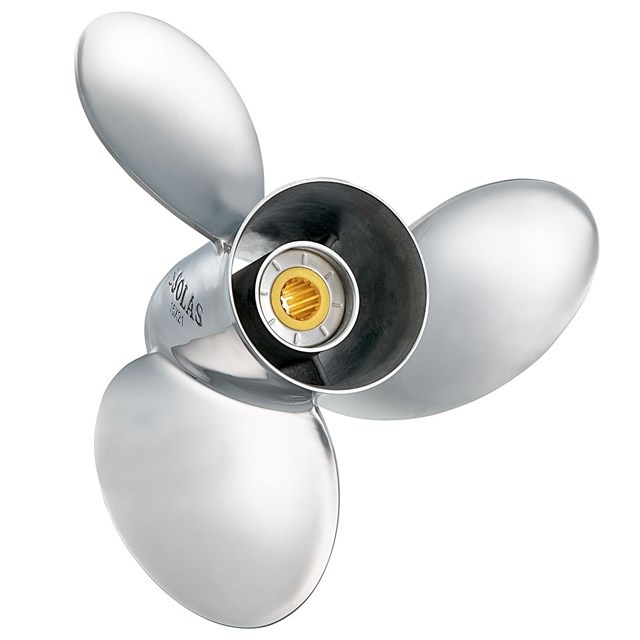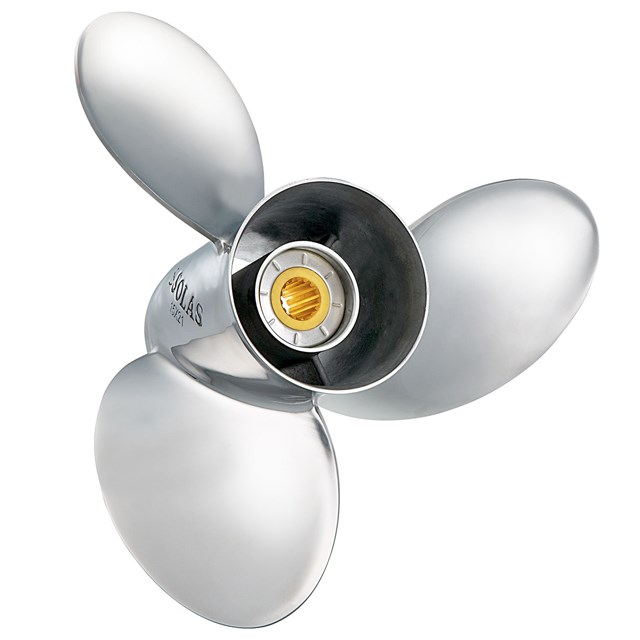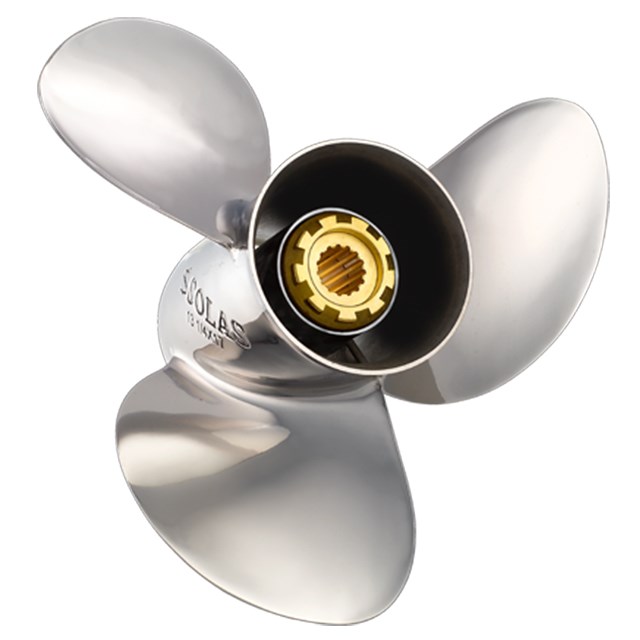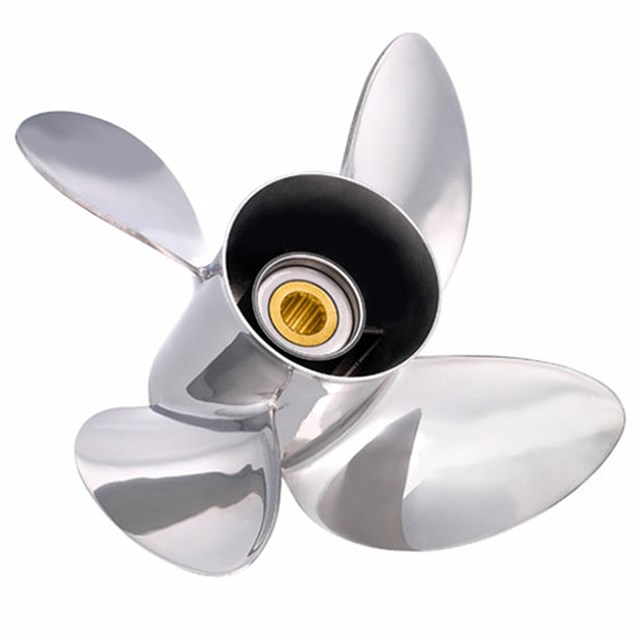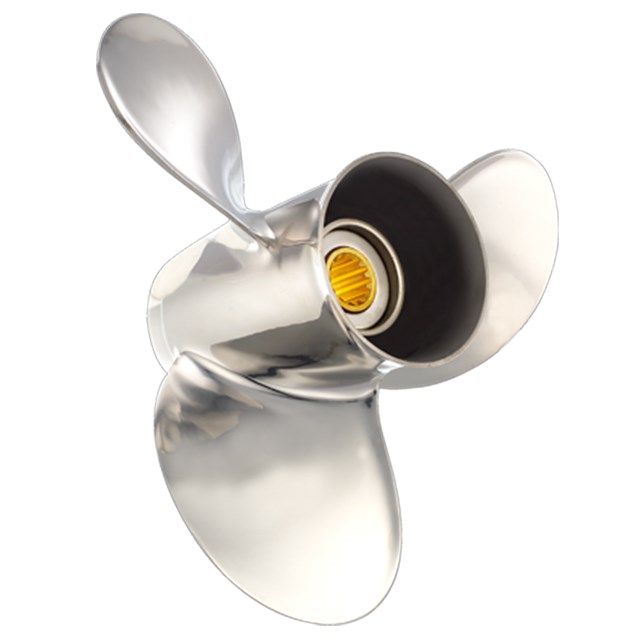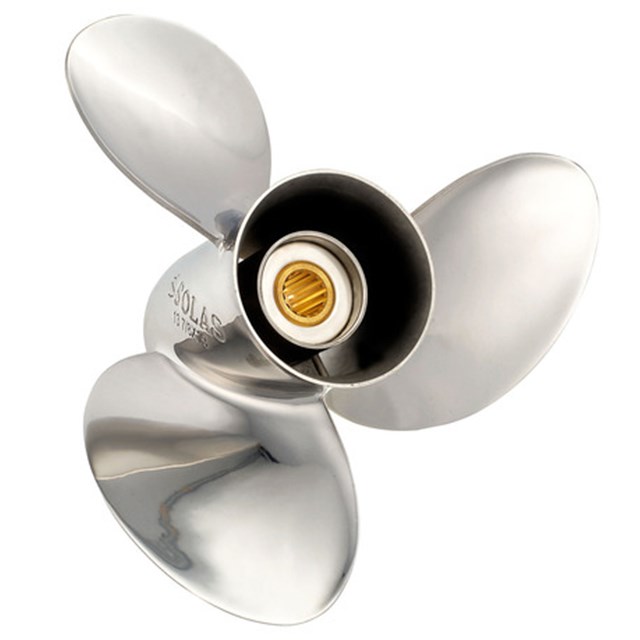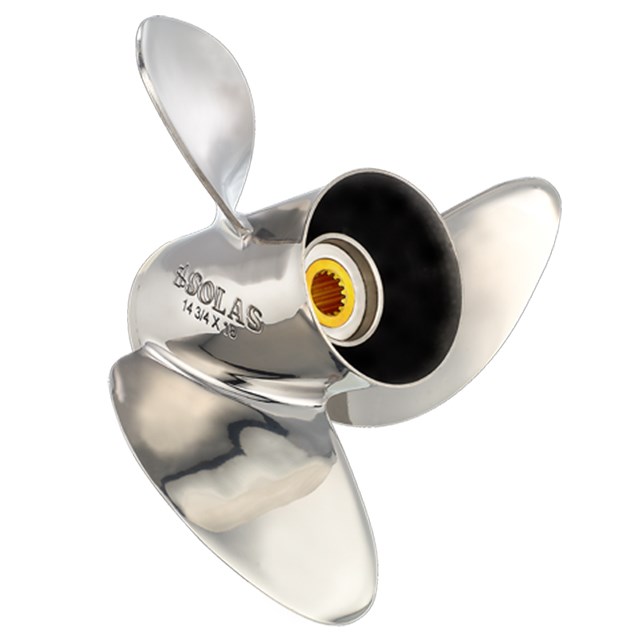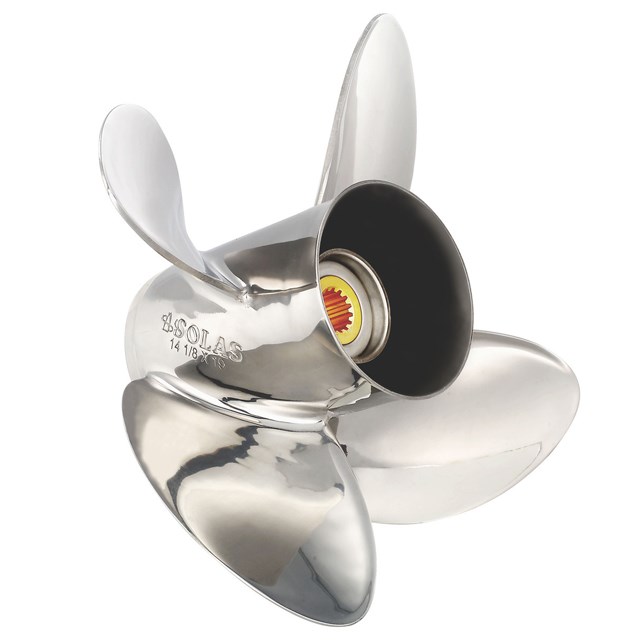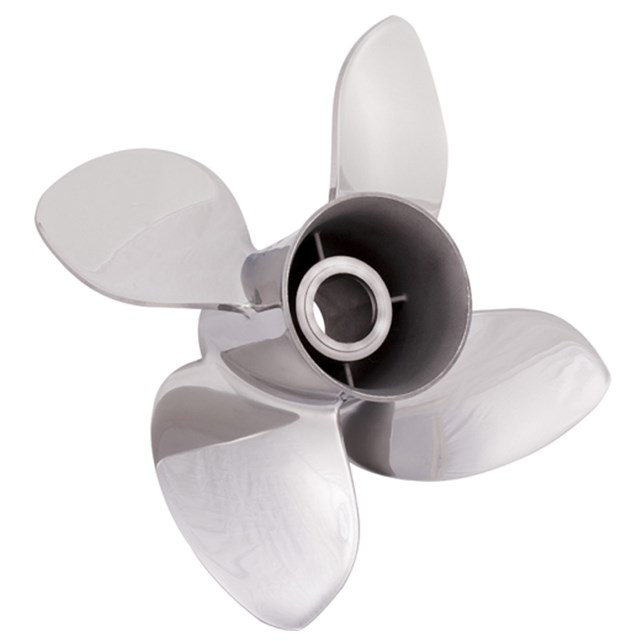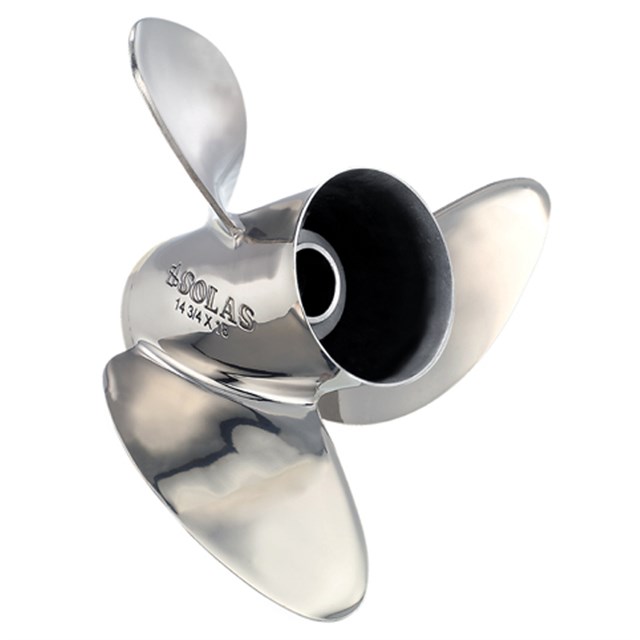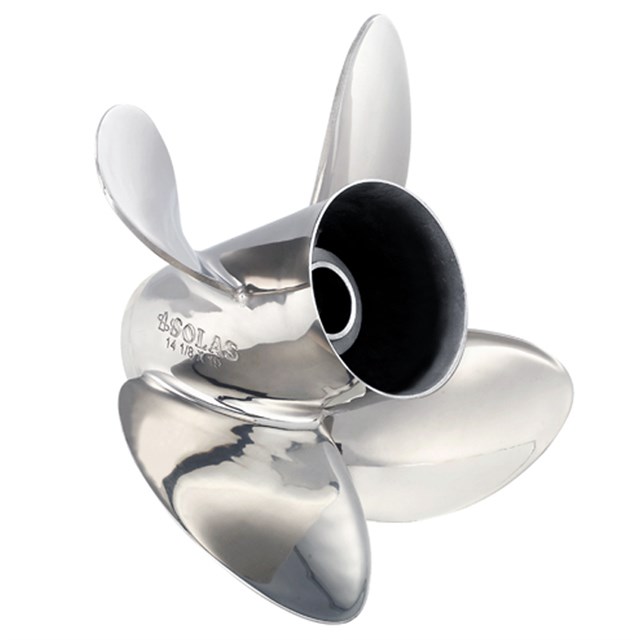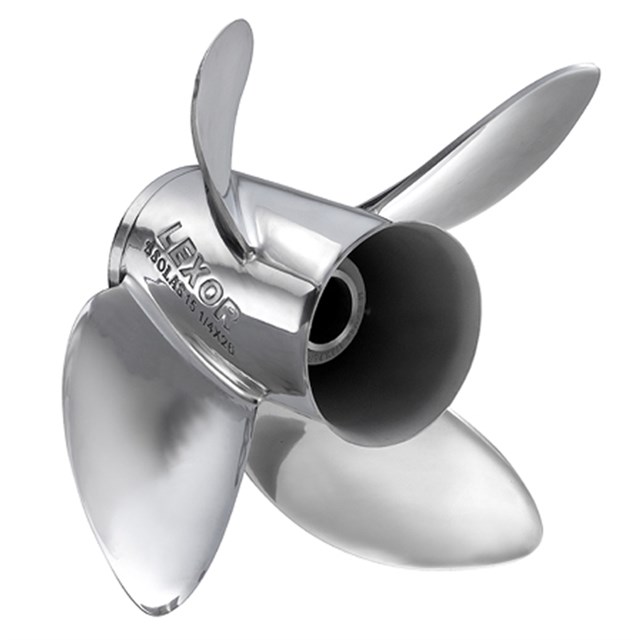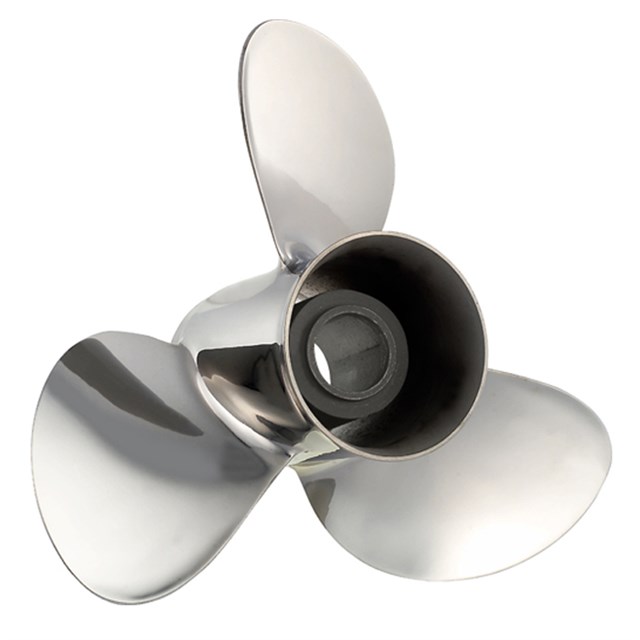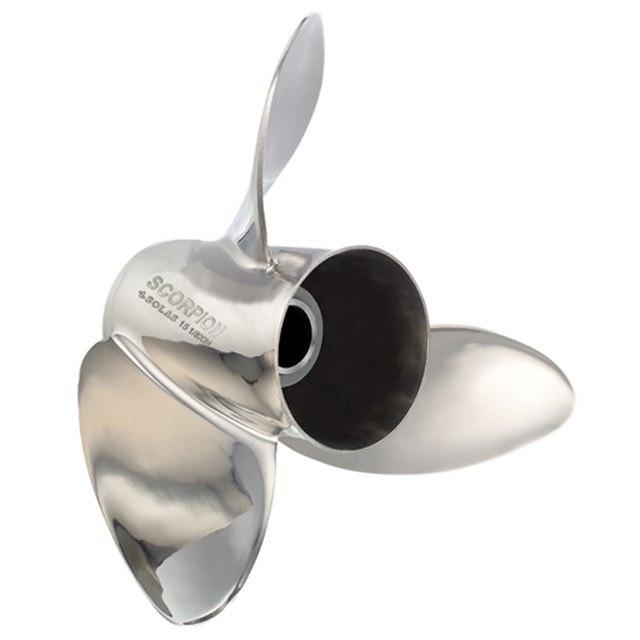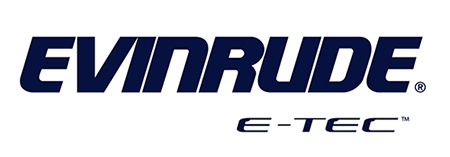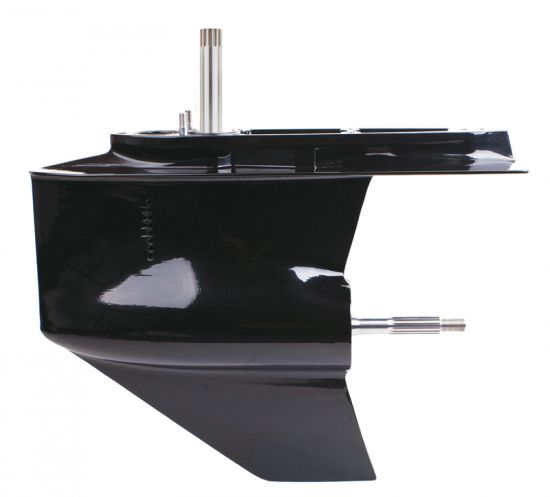
Shop By categories
-
Excellent acceleration and top speed
-
Cupped blade design increases bit and reduces slip
-
Highly polished
-
All-around performance
-
Outstanding acceleration and top speed
-
Must be used with a Solas stainless Front/Rear Prop
-
Large diameter and blade area for big boats
-
Great high speed and midrange performance
-
Excellent fuel economy for offshore boats
-
Excellent top speed and very smooth performance
-
High rake and cupped blade design
-
Great stern lift and acceleration
-
Large diameter and blade area for big boats
-
Larger diameter than Lexor
-
Great high speed and mid range performance
-
All-around performance
-
Great acceleration and Mid-range performance
-
Large ear blade design
-
All-around general purpose performance
-
A more durable and cost effective replacement for aluminum
-
Performance prop for high speed planing hulls
-
High rake blade design provides excellent bow lift
-
Excellent acceleration and top speed
-
Performance prop for high speed planing hulls
-
High rake blade design provides excellent bow lift
-
Excellent acceleration and top speed
-
Great stern lift and acceleration
-
High rake and cupped blade design
-
Powerful thrust and very smooth performance
-
All-around performance
-
Great acceleration and midrange performance
-
Great stern lift and acceleration
-
Performance prop for high speed planing hulls
-
High rake blade design provides excellent bow lift
-
Excellent acceleration and top speed
-
Great stern lift and acceleration
-
High rake and cupped blade design
-
Powerful thrust and very smooth performance
-
Large diameter and blade area for big boats
-
Great high speed and midrange performance
-
Excellent fuel economy for offshore boats
-
Large diameter and blade area for big boats
-
Great high speed and midrange performance
-
Excellent fuel economy for offshore boats
-
Large diameter and blade area for big boats
-
Larger diameter than Rubex L3
-
Great high speed and mid range performance
-
Bravo 1 propeller replacement
-
Excellent top speed and very smooth performance
-
High rake and cupped blade design
-
Great stern lift and acceleration
-
Hi-performance and speed for bass and bay boats
-
High rake prop design for increased bow lift
-
Extra cupping for great bite in high motor mount positions
-
Cut down blade ear reduces drag
-
SAV Solas Adjust Vent
-
High Performance, High Efficiency
-
For 150HP-250HP Engines
-
The Ideal OEM Alternative
-
Stainless Steel Propeller
Basic Propeller Information
3 OR 4 BLADES?
A 3-blade propeller usually offers top speed performance while a 4-blade propeller provides a maximum thrust and smooth cruising operation.
RIGHT HAND OR LEFT HAND ROTATION?
In most cases, right hand propellers are used for single engine applications and one left hand propeller is used for twin engine applications to achieve better steering control.
DIAMETER:
Diameter is the distance across a circle encompassing all of the propeller blades. (See Original Equipment Considerations item 2 below).
CUPPED BLADES:
This is a technique used to enhance the performance of propellers under certain conditions. A cupped propeller will exhibit very high efficiency at high speeds as well as minimize cavitation under heavy loads.
PITCH:
Pitch is the theoretical distance a propeller will move through the water for each revolution (i.e. a 21” pitch propeller should move a boat forward 21” for each revolution, assuming there is no slippage).
RAKE:
Rake is a special design feature. Positive rake benefits from normal bow lift to permit the use of a larger diameter propeller, while negative rake can provide extra blade strength for use in very high speed applications.
ORIGINAL EQUIPMENT CONSIDERATIONS:
1. Determine the year, brand, model and horsepower of your motor.
2. Calculate the diameter of the OEM propeller by measuring from the center of the shaft hole to the tip of a blade x 2 (Example: a measurement of 7-1/4” - a diameter of 14-1/2”).
3. Is the type of material aluminum or stainless steel?
PERFORMANCE CONSIDERATIONS
1. Type of boat (cruiser, ski, runabout, bass, pontoon)?
2. Prop on boat now (brand, model, diameter, pitch, cupping)?
3. Engine RPM at wide open throttle (WOT)?
4. Speed of boat over water at WOT?
5. Normal operating altitude (motors lose 3% of power per 1000 ft.)?

